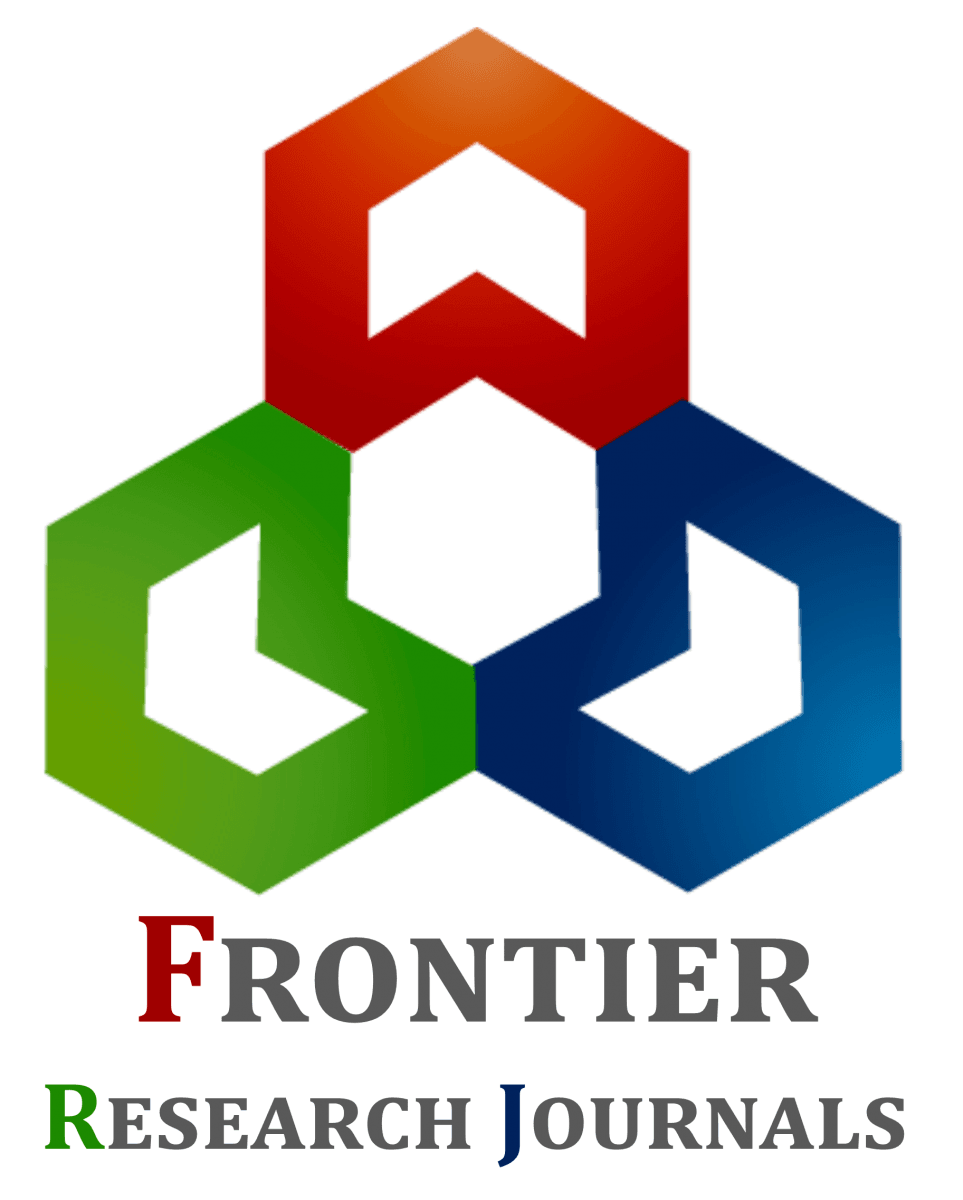Management of road transport-induced air pollution in urban areas: A case study of Owerri, Nigeria
1 Department of Civil Engineering, Imo State University, Owerri.
2 Directorate of Works & Services, Imo State University, Owerri.
Research Article
International Journal of Frontiers in Engineering and Technology Research, 2021, 01(01), 030–044.
Article DOI: 10.53294/ijfetr.2021.1.1.0044
Publication history:
Received on 01 April 2021; revised on 02 May 2021; accepted on 04 May 2021
Abstract:
Environmental concerns have continued to be on the increase as human activities soar. One such environmental concern is air pollution. A major contributor to air pollution is the road transportation activities. This paper sets out to provide a management strategy for air pollution owing to road transportation in urban areas, with Owerri Nigeria as a case study. A field study was conducted in Owerri to ascertain the total passenger requirement, number and mix of passenger vehicles as well as measure three main road transport-induced air pollutants at five locations in the city. The result of the field work showed existing commuter vehicles mix of 56.2:63.7: 19.6:1.6:1 of salons, wagons, mini-buses, coaster buses and big buses respectively, of a total of 85,950 vehicles and air ambient pollutants level higher than the recommended standards. A new model was developed to achieve a remix of 10:33:53: 14:1 of same vehicle types and reduction in traffic volume and target air pollutants. The analyses show that mini-buses and coaster buses have advantage over salon cars, wagon vehicles and big buses in terms of traffic congestions and pollutants release into the environment. The two bus types could be said to have least pollutants release per passenger carried. An optimal vehicle remix, which gives higher priority to these buses have been shown to reduce congestion by 40%, Carbon monoxide by 40%, Nitrogen Dioxide by 50% and Methane by 50%. It therefore recommends that vehicular remix of 10:33:53: 14:1, for salon: wagon: mini-buses: coaster buses: big buses be adopted for Owerri commuters’ transportation need. It concludes that governments should adopt economic instruments embedded in a “push and pull” strategy, leveraging on disincentive and incentive measures to skew road transportation to the use of mini and coaster buses as a deliberate means of reducing air pollution in cities.
Keywords:
Road; Transport; Air; Pollution; Urban
Full text article in PDF:
Copyright information:
Copyright © 2021 Author(s) retain the copyright of this article. This article is published under the terms of the Creative Commons Attribution Liscense 4.0
